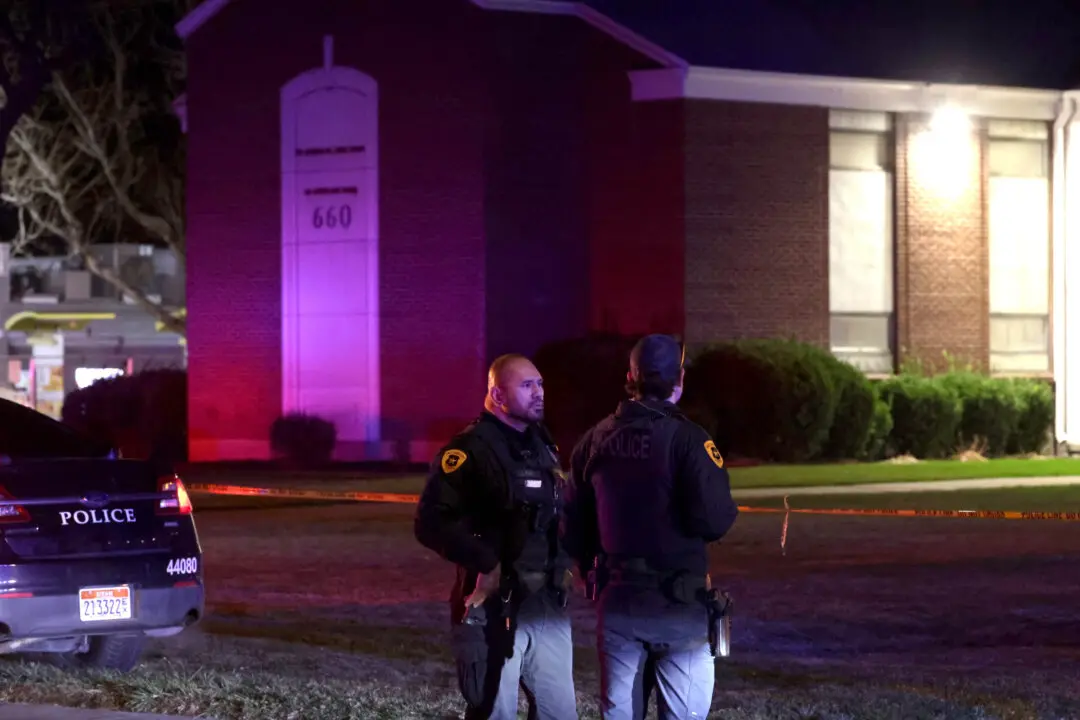NEW YORK—Behind the barbed wire, the white minivan’s busted windows and crumpled roof hint at its story. But forklifted to this windblown spot on the John F. Kennedy International Airport tarmac, between a decommissioned 727 and an aircraft hangar, it’s doubtful passing drivers notice it at all.
In the long struggle with the searing memories of 9/11, though, the van’s solitary presence here marks a small but significant transition point.
Tons of wreckage — twisted steel beams weighing up to 40,000 pounds, chunks of concrete smelling of smoke, a crushed fire engine, a dust-covered airline slipper — were salvaged from the World Trade Center site for preservation in the weeks after the 2001 terrorist attacks. Now, 15 years later, this van, part of a government agency motor pool likely sheltered from the impact in the parking garage beneath the complex, is the very last artifact without a resting place.
When the van is claimed, as soon as a few weeks from now, it will fulfill a pledge that, to move beyond 9/11 without losing sight of it, New York would share relics of that terror, along with the tales of sacrifice and fear that come with them.
The decision by officials to give away pieces of Trade Center wreckage has been praised and criticized over the years. But its impact is undeniable.
More than 2,600 artifacts have gone to 1,585 fire and police departments, schools and museums, and other nonprofit organizations in every state and at least eight other countries. Each recipient has pledged to use them in memorials or exhibits honoring those killed on 9/11. While some have not followed through, the many that have mean it is now possible to touch a piece of September 11 during a Roman Catholic Mass in Port St. Lucie, Florida, while standing in the shadows of Colorado’s San Juan mountains, or in a park honoring animals in Meaford, Ontario.
“They are the relics of the destruction and they have the same power in the same way as medieval relics that have the power of the saints,” said Harriet Senie, a professor of art history at the City University of New York and author of “Memorials to Shattered Myths: Vietnam to 9/11.”
“History is a vague concept, but if you have this tangible object that was a part of this historical event, it makes it very difficult to deny and it also makes it possible to experience it in a very visceral way.”
In the days immediately after the attacks, it wasn’t at all clear what would happen to the wreckage of the Trade Center. It’s not as if anyone had confronted questions of that scale before. There was no certainty about exactly which artifacts, if any, should be saved.
The Port Authority of New York & New Jersey, which owned the Trade Center, dispatched an architect to comb through the site and cull pieces that seemed distinctive. Investigators carted away others. Most of the wreckage from the site was scrapped or recycled. But the agency saved about half of 1 percent of the total.





